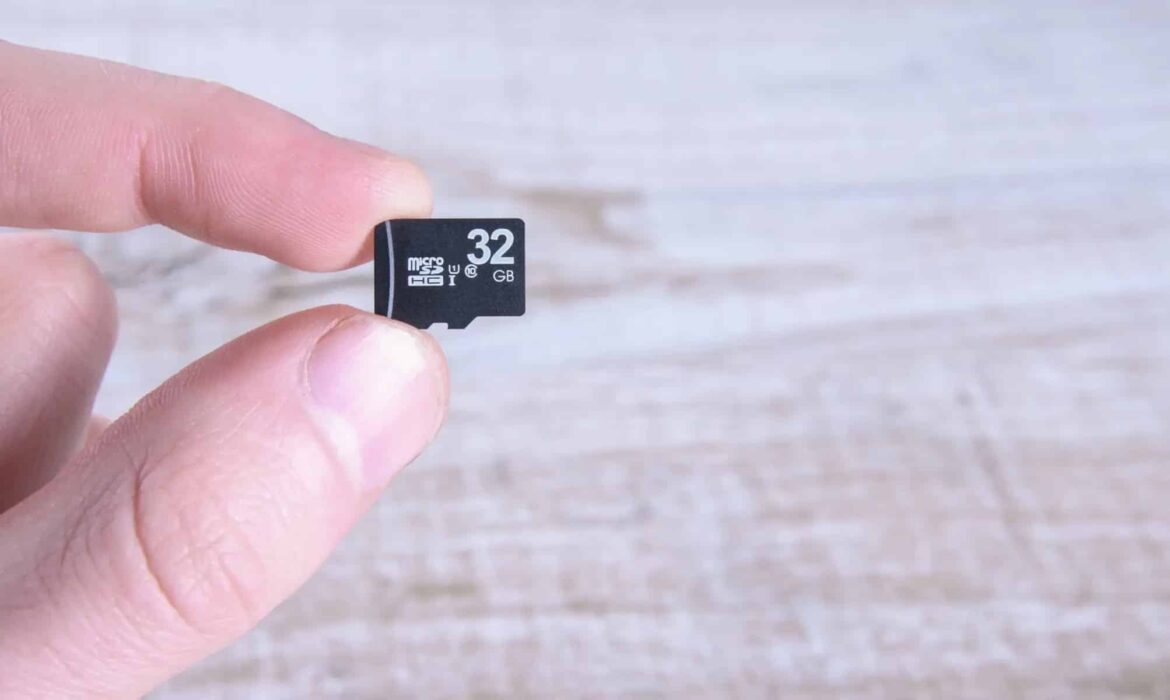803
If the microSD card is not recognized, there may be several reasons for this. We will show you how to test the microSD card and get it working again.
microSD card not recognized: Causes and solutions
Modern smartphones and cameras often only reliably recognize microSD cards with certain speed classes (e.g., UHS-I, UHS-II, V30); older cards or cards with too low a speed can cause problems. If a microSD card is not recognized, there are various causes and corresponding solutions. The most important troubleshooting steps are:
- Basic checks: Restarting your smartphone or PC is often enough to fix the problem. Check whether the microSD card is recognized in another cell phone, PC, or card reader. If it works there, the problem is with the original device.
- Check compatibility and capacity: Not every device supports all card formats or sizes. Older devices often only recognize cards up to 16 or 32 GB, newer ones usually up to 128 GB.
- Clean the contacts: Dirty contacts are a common cause. Carefully clean the gold contacts on the microSD card with a cotton swab and a little rubbing alcohol – never use water.
- Check the SD card slot: The slot in the device may also be dirty. Clean it carefully, e.g. with a dry cotton swab.
- Software solutions on your PC: If the card is recognized by your PC but no drive letter is displayed, you can assign one manually. Outdated or faulty drivers can cause problems. Update the drivers for the SD card reader. Open the command prompt and enter chkdsk X: /f (X stands for the drive letter of the SD card) to fix file system errors.
- Format SD card: If the card is recognized but cannot be read, formatting may help. Caution: This will delete all data. Select the FAT32 file system for use in multiple devices. Android devices running version 12 or later sometimes require formatting in exFAT format, while older devices usually only support FAT32.
- Defective card or slot: If the microSD card is not recognized by any device, it is probably defective. In this case, professional data recovery or replacement of the card is usually the only solution. Defective microSD cards are sometimes only recognized in write-protected mode. In this case, data recovery via normal file managers is not possible; specialized recovery tools should be used instead.
- Purchase original products: Cheap or counterfeit microSD cards sold online often fail after a short time. When purchasing, you should therefore look for reputable dealers and original products.
- Additional information: Check whether important data has been backed up to the cloud. We recommend regularly backing up important data to other storage media. If you experience frequent recognition problems, a firmware update for your smartphone or camera may help.
- Start with simple measures such as restarting, changing devices, and cleaning. Check compatibility and test the card on a PC. Driver updates, CHKDSK, or formatting often help with persistent problems. If no device recognizes the card, it is probably defective.

